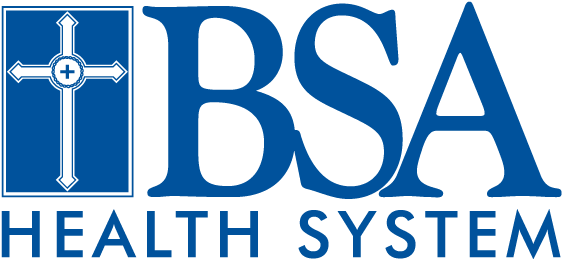Inspired by High Intensity Workouts? Be Careful with Your Joints
Are you familiar with the term HIIT? It stands for high intensity interval training. If you think it sounds like an exercise program reserved for Olympic athletes, don’t jump to conclusions so fast. HIIT programs are quickly rising in the United States, especially among the mainstream. The American College of Sports Medicine just released the top fitness trends of 2014. Topping the list at number one – HIIT in its debut year. If you’re thinking, “I’ve never heard of HIIT!” you may be more familiar with terms like CrossFit, P90X and Boot Camp. The popular workouts are aimed to help burn fat and shed pounds, but before you jump in with both feet, health care providers warn to be mindful of potential joint damage and injury.
“The key to safe exercise is moderation,” said orthopaedic surgeon and American Academy of Orthopaedic Surgeons (AAOS) spokesperson Letha Griffin, M.D. in a recent interview. He adds it is not pushing your body to your perceived limit, which can put you more at risk for injury, but pushing too far. Many of these popular programs tout taking it the limit, however, with participants in competitions or training sessions posting pictures of themselves lifting large, heavy objects or weights.
Injuries, it appears, are on the rise as well. More than 100,000 more patients were treated for exercise-related injuries in 2012 than in 2011, according to the Consumer Product Safety Commission. Common injuries include those to the back and knees.
If you start a new exercise program of any kind, but especially one of these high intensity interval training programs, make sure to take precautions to stay healthy and protect your joints. Start by warming up to loosen muscles, tendons and joints before putting them under strain. Use proper equipment and technique. Work with a trainer to make sure you are not putting yourself at risk when learning new techniques. Wear proper clothing and shoes so that you have the necessary support and shock absorption, allowing you to freely move your arms and legs. Finally, stay hydrated to prevent muscle cramping and cool down at least five minutes at the end of every workout session.
Exercise has many health benefits including reducing your risk of heart disease, cancer and depression. Getting out of an exercise rut by trying new things is important as well. If you are interested in one of these popular HIIT programs, make sure you know if it is well suited for your ability and current physical condition. It is most important to stay physically active. Don’t put yourself at risk of being sidelined by injury.
Click here to learn more about orthopedic services as BSA, as well as Joint Camp - offered Wednesdays at 2:30 pm for patients considering knee or hip replacement surgery.




